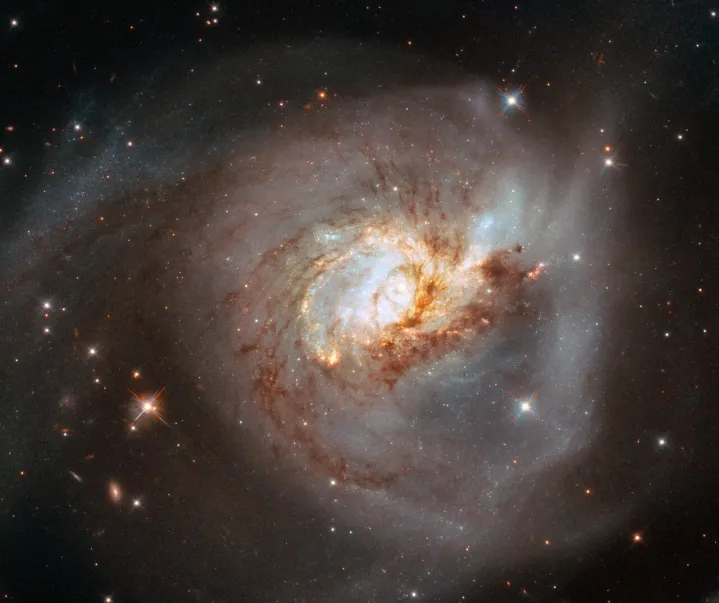It might not seem obvious why astronomers need multiple different powerful space telescopes. Surely a more powerful telescope is better than a less powerful one? So why are there multiple different telescopes in orbit, either around Earth or around the sun?
The answer is to do with two main factors. One is the telescope’s field of view, meaning how much of the sky it looks at. Some telescopes are useful for looking at large areas of the sky in less detail, working as survey telescopes to identify objects for further research or to look at the universe on a large scale — like the recently launched Euclid mission. While others, like the Hubble Space Telescope, look at small areas of the sky in great detail, which is useful for studying particular objects.
The other important factor for space telescopes is the wavelength which they operate in. Both Hubble and the James Webb Space Telescope are used to study objects like galaxies, but they do so in different wavelengths. Hubble operates primarily in the visible light wavelength, the same as human eyes, while Webb operates in the infrared. That means that they can see different aspects of the same objects.
To demonstrate how that works in practice, a new comparison shows the same target, galaxy NCG 3256, as seen by both Webb and Hubble.

This Webb image shows the tendrils of dust and gas which form the arms of this galaxy. As new young stars are born from the dust and gas, they give off radiation that hits the dust grains around them, making that dust glow in the infrared. The young stars also shine brightly in the infrared wavelength, with the brightest regions indicating hotbeds of star formation.

The Hubble image shows the same galaxy but seen in a different wavelength, and was originally taken in 2018. While Webb’s infrared view allows it to look through clouds of dust, in the visible light range that Hubble operates in the dust creates dark threads which block out the light. The galaxy is much brighter in the infrared than in the visible light wavelength, but in this range, you can more clearly see that the galaxy actually has two centers, or nuclei, which is the result of two galaxies merging together.
Editors' Recommendations
- James Webb telescope peers at the atmosphere of a rocky hell world
- James Webb captures the edge of the beautiful Horsehead Nebula
- Hubble spots a bright galaxy peering out from behind a dark nebula
- Stunning image shows the magnetic fields of our galaxy’s supermassive black hole
- Hubble images the spooky Spider Galaxy



